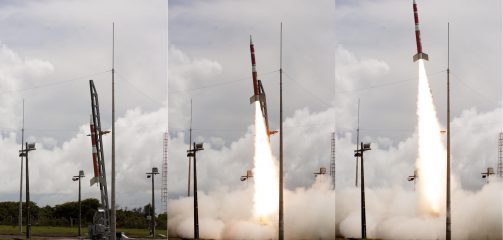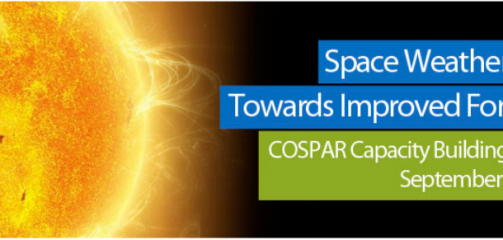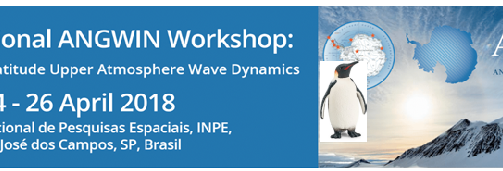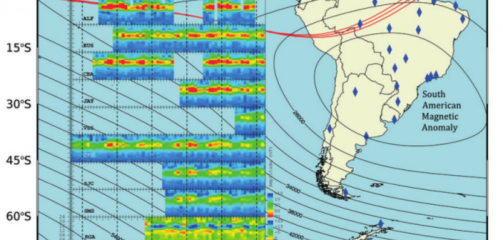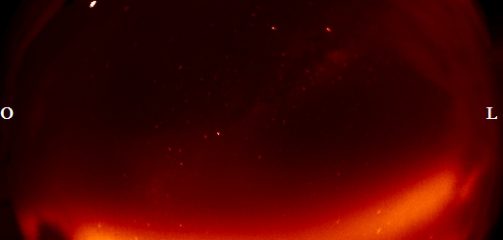The Brazilian Study and Monitoring of Space Weather (Embrace) has been working with the NOAA and UCAR since 2013 to establish a tracking station for the satellites COSMIC 1 and 2. Last Tuesday (June 30, 2015) the Hon Minister of …
Continue...
SUN Previsor 1: During the period 09th-15th June, in the most of days, DESPITE the six activeregions on the solar disc, only one presented either a complex or relatively complex magnetic configuration, with a moderate potential to generate moderate to …
Continue...
On the last Sunday (May, 17) were registered failures in the storage of the Embrace/INPE, causing the Embrace/INPE web page to be unavailable. The problem persisted until Thursday (May, 21). After the first occurrence, on Sunday, the responsible team started …
Continue...
Space Weather Exhibition Room/INPE-SJC SUN Forecaster 1: During the last week (May 5th to 11th) we observed a partial halo CME on May 2nd. Observations recorded a coronal hole directed to Earth at the beginning of the week. We also observed …
Continue...
On May 7, 2015, the Brazilian Space Weather Study and Monitoring Program (Embrace) was honored to receive the visit of the President of the Chinese Academy of Sciences (CAS), Dr. Bai Chunli, hosted by the Director of INPE, Dr. Leonel …
Continue...
Space Weather Exhibition Room/INPE-SJC SUN Forecaster 1: During the Last week (April 28th to May 4th) was observed two coronal holes. The first CH665 was geo-effective on May 02nd and the second was located over Southern Hemisphere. We observed a …
Continue...
Author: Dr. Clezio Marcos De Nardin After 3 years of work, the final version of the Global Plan to protect the Society of Space Weather Effects (complete title: Understanding space weather to shield society: The global road map for 2015-2025 commissioned …
Continue...
Authors: T. Satiko, L.R. Alves Solar active regions are magnetic regions in the solar corona related to sunspots. When observed in white (visible) light, sunspots are seen as dark regions because their temperatures are lower than the surrounding photosphere. Active …
Continue...
Space Weather Exhibition Room/INPE-SJC SUN Forecaster 1: During the last week (April 07th to 12th) it was recorded two M-class Flares. The first Flare was emitted by 2320 geo-effective region and the second Flare was emitted by 2321 region. This …
Continue...
Space Weather Exhibition Room /INPE-SJC SUN Forecaster 1: During the last weak (March 31st to April 6th) were recorded some B and C-class Flares. We observed a trans-equatorial coronal hole (CH661) that was geo-effective from March 30th. A second coronal …
Continue...

